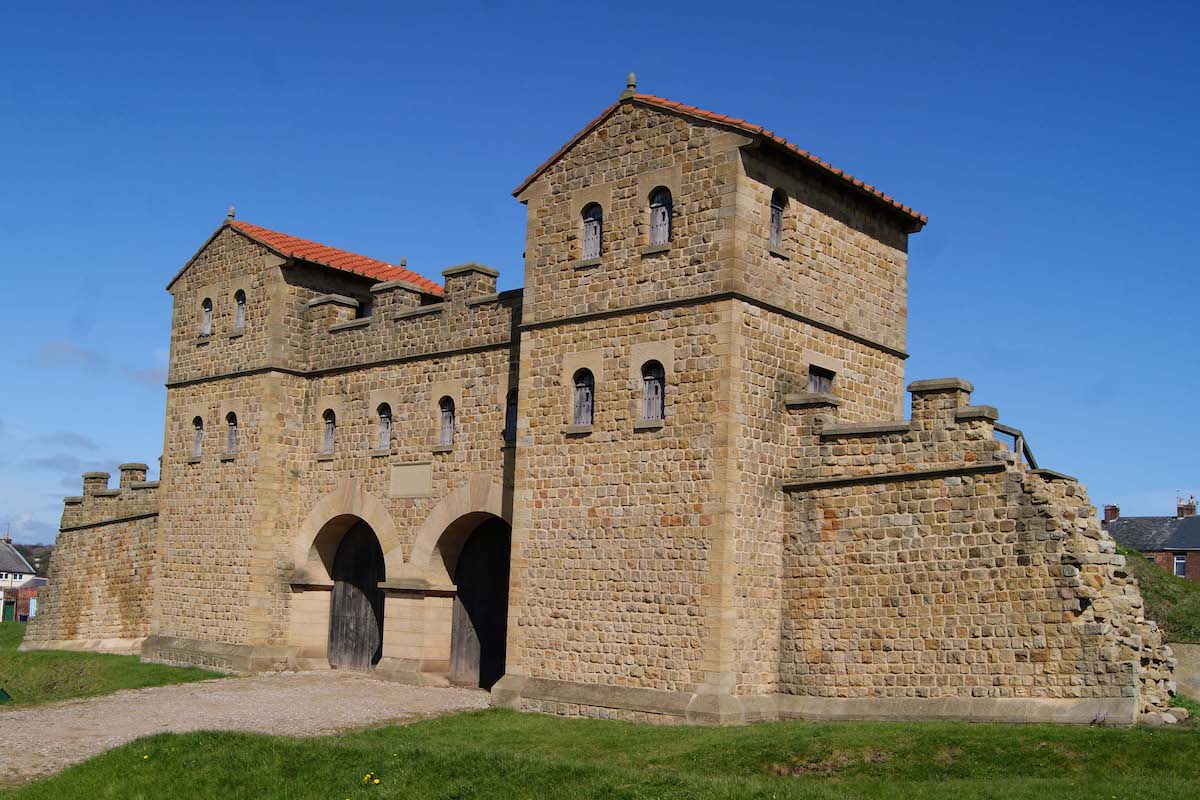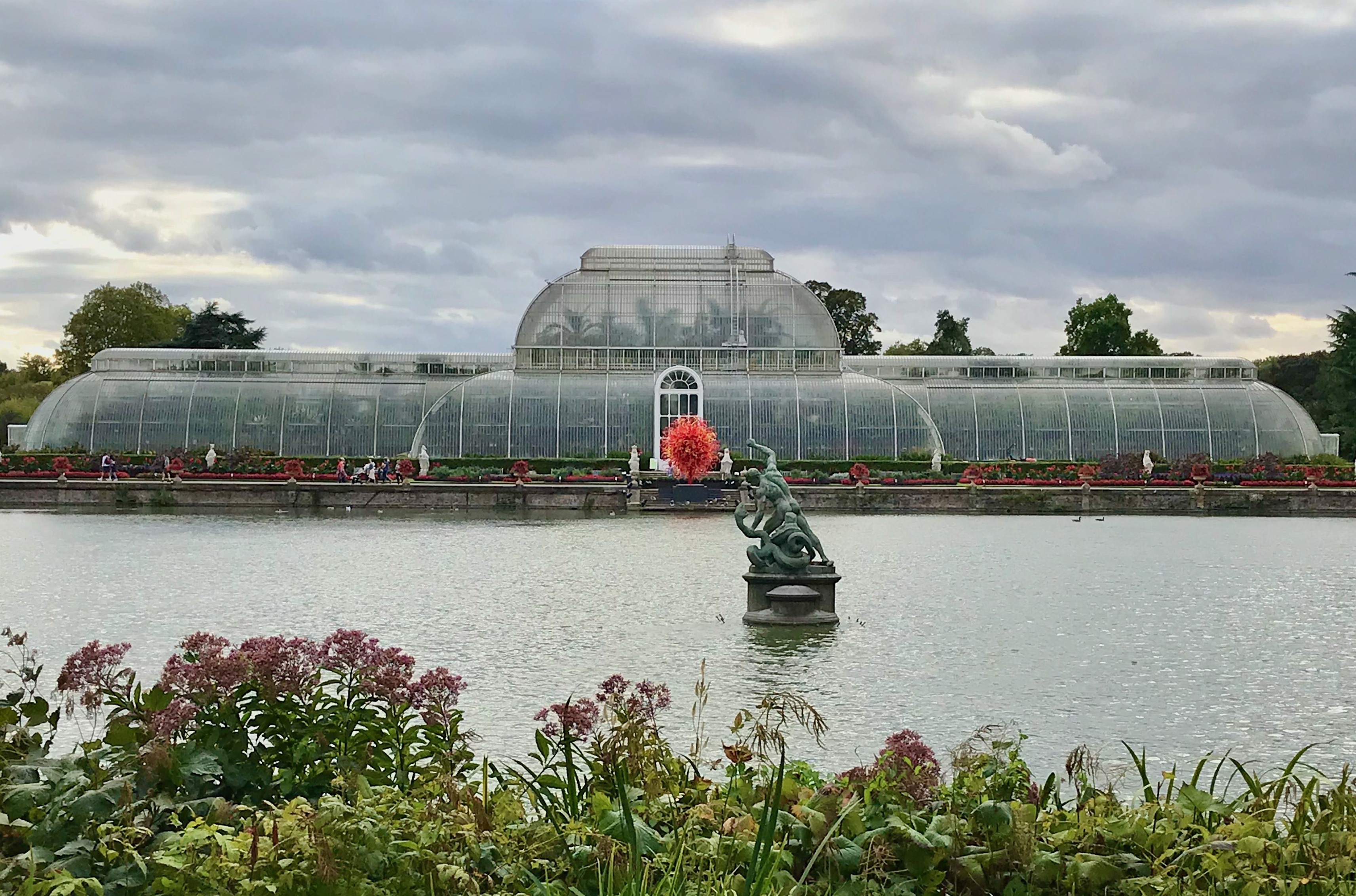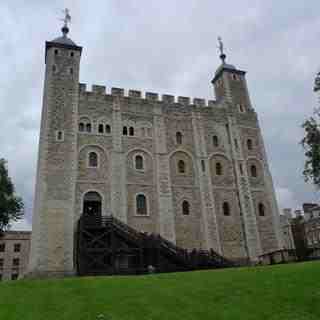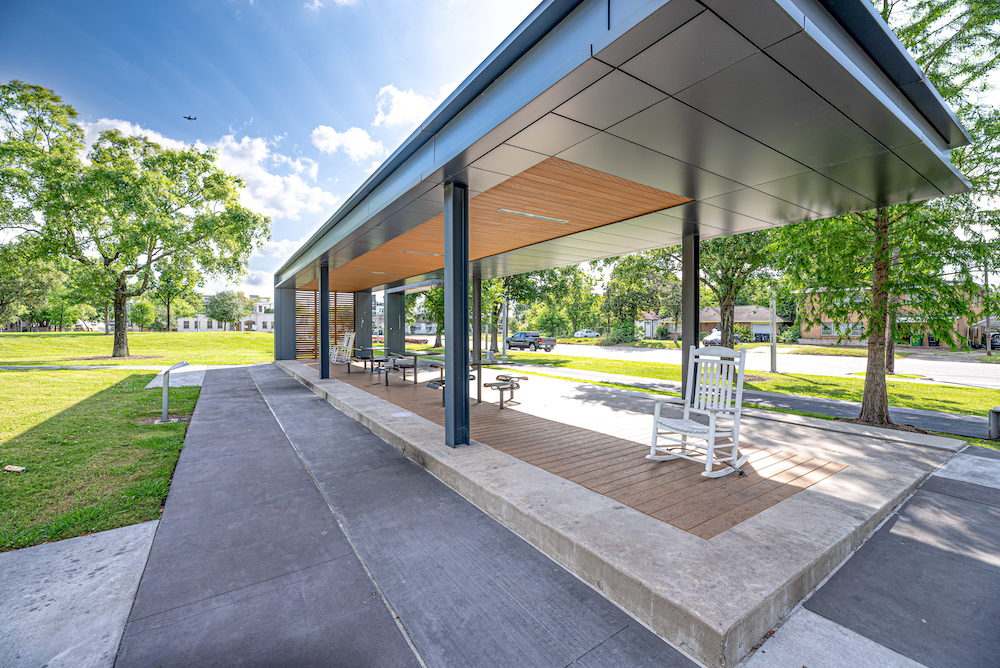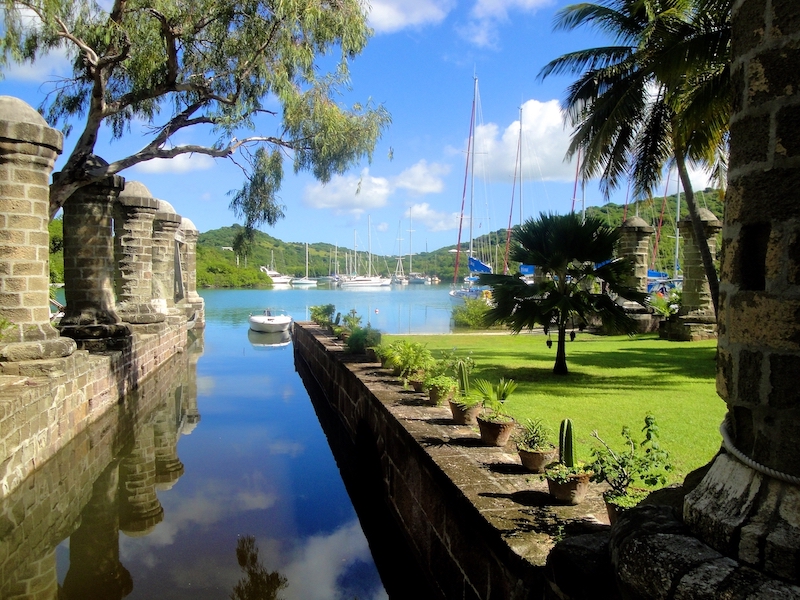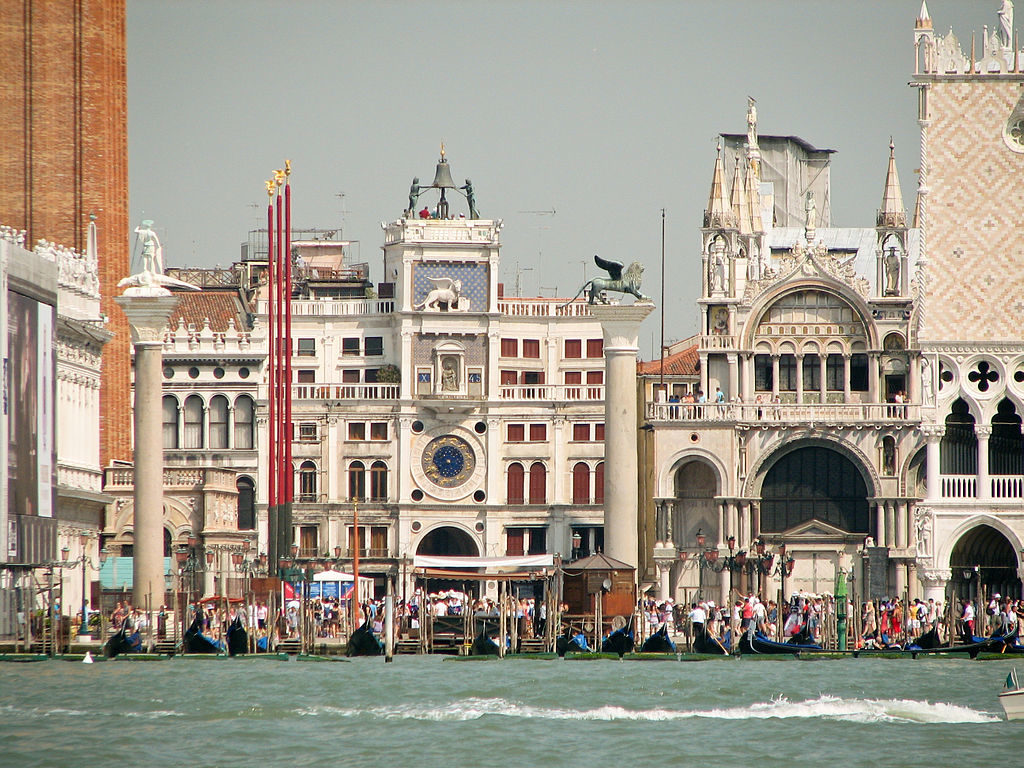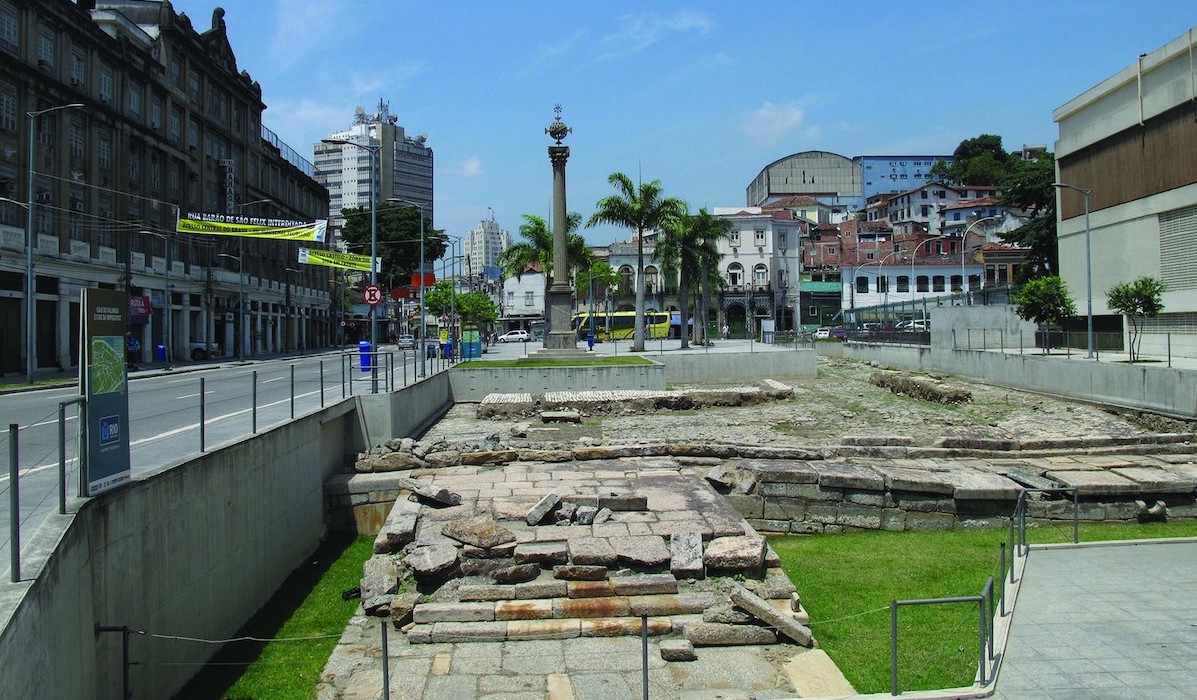UNESCO, The United Nations Educational, Scientific and Cultural Organization, has a mandate to support global development with a strong culture component based on human rights and shared values. UNESCO cultural conventions and international treaties aim to protect the world’s cultural and natural heritage, including ancient archaeological sites, historic monuments, museum collections, and oral traditions, among others.
The agency has identified natural and cultural heritage sites around the world to prioritise their protection and preservation. These sites that reflect the history and identity of communities are under constant threat due to environmental and climate change, political unrest, economic instability, and even unchecked tourism development.
The World Heritage List raises awareness of the sites that need protection, and sets a roadmap for their conservation through the organisation’s management guidelines and reporting mechanisms.
Another programme of the agency, The UNESCO Creative Cities Network (UCCN) promotes cities that have defined creativity as a strategic component for sustainable urban development. Approximately 250 cities in the network position creativity and cultural industries at the core of their development and cooperate with each other to exchange information and advance common development goals.
Geotourist has placed sustainable tourism and culture at the heart of its platform. By telling the stories of communities within the context of their history, the platform promotes awareness, education, and preservation of architectural and natural heritage of destinations and sites. The technology platform has been recognised for its function in countering the adverse effects of tourism by leading policy think tanks, including Euromonitor, which cited Geotourist for its ability to counter overtourism in congested areas.
On Geotourist, destinations can tell their stories through subject-matter experts, such as historians, architects, and academics, to promote their heritage while driving economic growth. The app allows visitors and culture aficionados experience sites either remotely, or in-person, without the adverse effects of unchecked tourism, such as crowds in tour buses, and encourages them to engage with the local community, its culture, and the local businesses to support the economy.
Since its beginnings, Geotourist has invited those destinations and cultural organisations affiliated with UNESCO and its programmes, to tell their stories on its platform. Below is a selection of those sites with audio tours streaming on Geotourist:
Arbeia Roman Fort, South Shields, England
Part of the UNESCO Frontiers of the Roman Empire World Heritage Site Arbeia South Shields’ Roman Fort stands above the entrance to the River Tyne. It guarded the main sea route to Hadrian’s Wall. It was a key garrison and military supply base to other forts along the Wall and is an important part of the history of Roman Britain.
The Royal Botanic Gardens, Kew, London, England
Kew Gardens is a UNESCO World Heritage site. Our audio tour of the Palm House at the Gardens is created by VocalEyes, a charity that provides opportunities for blind and partially sighted people to experience and enjoy art and heritage. The tour is narrated by Baroness Lola Young of Hornsey, a British actress, author, and Crossbench peer.
Tower Of London, London, England
Blue Badge Guide Peter Ellis tells the rich history of one of England’s most famous monuments, a UNESCO World Heritage site. The Tower has been the setting for some of the most momentous events in British and European history.
Emancipation Park, Houston, Texas, USA
Part of the UNESCO Slave Route Project, Emancipation Park was created by Houston’s African-American community to commemorate the anniversary of their emancipation, the “Juneteenth”. The tour by Emancipation Park Conservancy tells the Park’s history and welcomes visitors to experience its landscaped grounds, thoughtful architecture, state-of the art recreational facilities, and community-advancing programs.
Antigua Naval Dockyard, Antigua and Barbuda
The UNESCO World Heritage site consists of a group of Georgian-style naval buildings and structures, set within a walled enclosure. Constructed by the British navy to protect the interests of sugar cane planters, it required the labour of generations of enslaved Africans since the end of the 18th century. The tour by Visit Antigua and Barbuda, the official tourism authority, presents a heritage tour of the dockyard on Geotourist.
Venice and its Lagoon, Italy
Our walking trail of this UNESCO World Heritage site takes visitors through the hidden highlights of Venice. Visitors can escape the crowds by visiting the local Rialto Market, and the Island of San Michele, where Sergei Diaghilev and composer Igor Stravinsky are buried.
Valongo Wharf Archaeological Site, Rio de Janeiro, Brazil
This UNESCO World Heritage site is included in audio tour of Rio by a certified local guide. This former harbour area in Jornal do Comércio Square was built for the landing of enslaved Africans reaching the South American continent from 1811 onwards.

